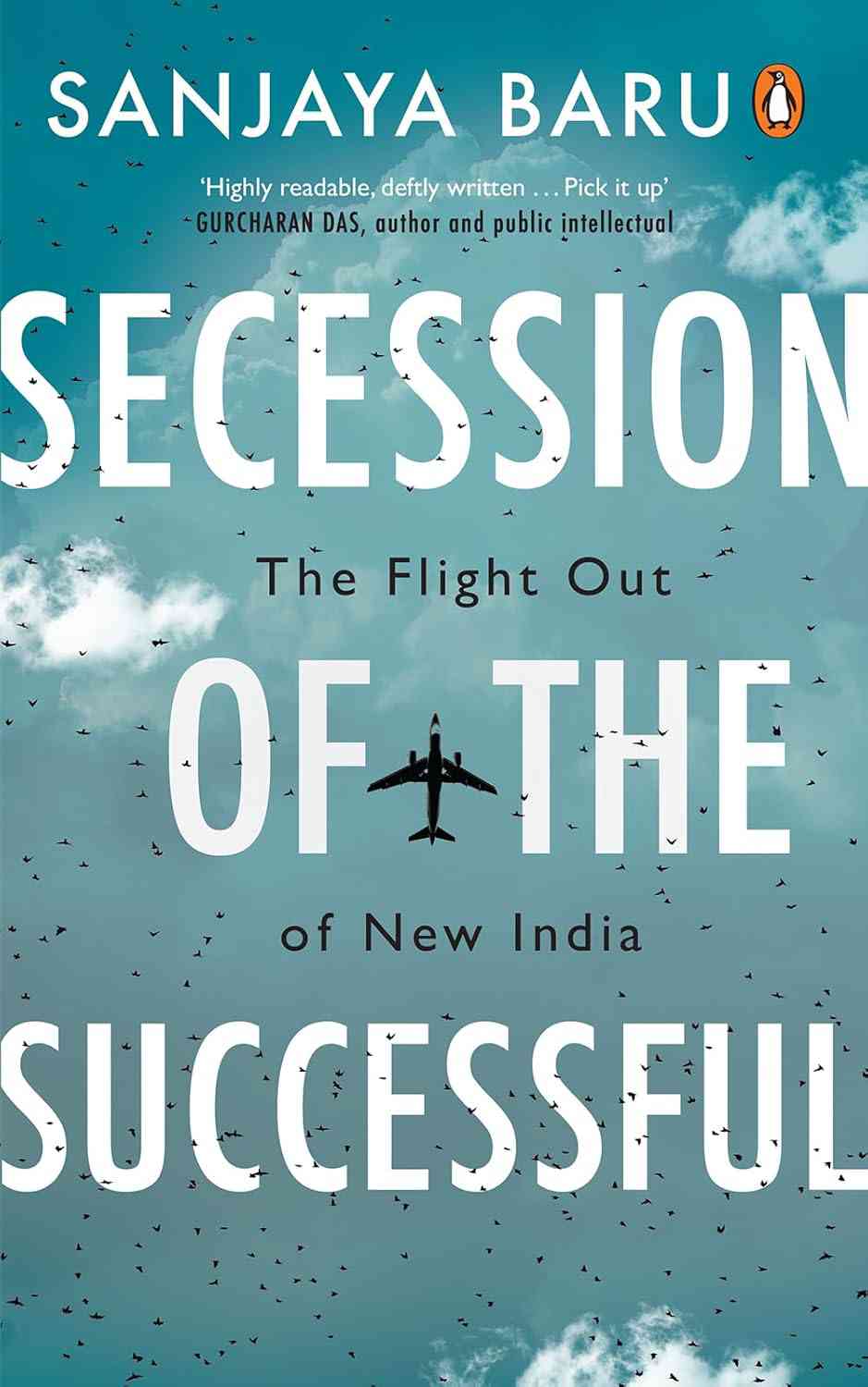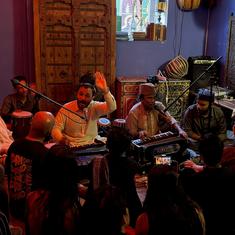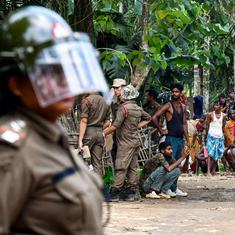Most Indians migrate with dreams of a better future, wrote Irudaya Rajan, a highly regarded and longstanding researcher on labour migration. “But far too often, they are seen only in a reductive manner, as people sending remittances to the home country.” Over the past three decades, ever since the World Trade Organization came into being and India began to focus on services trade, official policy on out-migration of labour has been shaped by the desire to earn foreign exchange and to find an employment outlet that eases the burden of population at home. Based in Kerala, home to millions of labour migrants to the Gulf, Irudaya Rajan has long complained both about the inadequate database on labour migration and the absence of adequate infrastructure to support migrant workers, despite their growing importance both to the Indian economy and the economies of the Gulf.
West Asia has had an intimate economic and social link with the Indian subcontinent for centuries, especially with regions along the Indian west coast from Gujarat down to Kerala. Arab traders were regular visitors all along the western coastline and Gujarati and Malayalee merchants had extensive links into the Arab world. Following the “oil shocks” of the 1970s, when crude oil prices shot up, an economic boom in the region ensued. The construction and consumption boom that followed created a huge demand for labour in the construction and services sectors. Muslims from the Malabar region of Kerala were the first to seize the opportunity, given their historic links with the Arab world, but thousands of semi-skilled and skilled workers went across the Arabian Sea from the 1970s onwards.
My batchmate in the MPhil course (1976–78) at the Centre for Development Studies (CDS), Trivandrum, Raju Kurian, was among the first to study, as part of his MPhil dissertation, the emerging trend of rising migration from Kerala to the Gulf. The CDS has since become an important repository of research on Indian labour migration to the Gulf. Beginning with a few thousand labour migrants per year in the 1970s, the numbers rose sharply in the 1980s and 1990s to touch 3 million in 2000. By 2023, it was estimated that close to 9 million Indians were residents in the Gulf Cooperation Council (GCC) countries.
This sustained and high level of labour migration from India to the Gulf was not regulated under any bilateral or multilateral framework. The Government of India enacted the Emigration Act 1983 to ensure oversight on the recruitment and passage of labour going overseas. Over time, some bilateral treaties have been signed, yet issues like conditions and terms of work, security of tenure, health and social security and related issues remain problem areas. Despite all this, and considerable publicity in the media on the travails of Gulf workers, hundreds of thousands continue to go there in search of jobs, given the relatively better incomes earned. Remittances home by migrants in the region have risen sharply with total inward remittances, including from workers in other countries, adding up to well over $100 billion. Researchers and activists have pointed to the need for changes to the 1983 Emigration Act aimed at enabling the government to better protect the rights of emigrant workers, especially in the non-democratic countries of the Gulf, where human rights protection is lacking.
The Government of India’s eMigrate Project is an online system that links the Protector General of Emigrants and Protector of Emigrants to Indian diplomatic missions and the relevant offices of the Ministry of External Affairs. It allows recruiting and insurance agencies, overseas employers, project-based labour exporters and workers opting to migrate to link into a single information network. All foreign employers are required to register with the eMigrate system and secure permission to recruit, declaring the terms and conditions of employment. As Rupa Chanda and Pralok Gupta note, the importance that successive Indian governments have been attaching to this labour outsourcing is testified to by the fact that the government has several offices in place to protect the interests of overseas workers. These include the Pravasi Kaushal Vikas Yojana, Overseas Workers Resources Centre, Migration Research Centre and the Pre-departure Orientation and Training programme.
Despite such efforts, migrant labour, especially those located in the Gulf countries, continues to face various problems ranging from being cheated by recruiting agents, being denied full payment of dues, and inadequate housing and provision for medical emergencies and assistance. The Government of India has from time to time used the bilateral route to extend some degree of protection to migrant labour. While local politicians in states like Kerala are focused on the rights of migrant labour, little attention is paid by the national leadership unless there is some crisis or tragedy, as occurs from time to time in the Gulf countries. In a study of India’s diaspora diplomacy in the Gulf, Levaillant observes how important diaspora labour welfare management had become for Indian diplomats and to Indian diplomacy in the region. Yet, the lack of adequate funding has impeded diplomatic effort, argues Levaillant. “Added to this resource issue is the important fact that India’s diplomacy in the Gulf rests on a paradox: although diplomats have made increasing efforts to promote Indian migrants’ rights, their political priority is directed towards maintaining emigration flows.” Given the importance attached by the government both to sustaining dollar remittance in flows and securing employment opportunities for Indians in the region, officials and diplomats are unwilling to overstep their brief in defending the interests of labour.
India presently has bilateral treaties with most GCC countries that ensure that immigrant labour is covered by the same labour laws that apply to local labour, but such protection is not always forthcoming and weakly enforced. They also specify conditions regarding qualifications, benefits, facilities and entitlements of workers, protection of repatriation of income and so on. These treaties provide for joint working groups that ensure their implementation and have become necessary in the absence of any regional or multilateral treaty extending such protection. Apart from Saudi Arabia, none of the other GCC member-countries has as yet agreed to sign up to the Mode 4 component of the General Agreement on Trade in Services (GATS).
It is neither a bilateral agreement nor a multilateral treaty but the simple dynamics of Gulf sociology and demography that have created the demand for Indian labour. In many GCC countries, few among the local population are either trained to or willing to perform the tasks that South Asian labour has been willing to and capable of performing. Resource- and cash-rich GCC countries import labour from most South Asian countries as well as some South-east Asian ones to meet the demand generated by their wealth and prosperity. While Indian analysts and policymakers worry about the danger of this demand petering out over time, and its consequences for the home country that has been benefiting from inward remittances, the Gulf continues to attract immigrants from India. Not just workers and maids, nor drivers and office assistants, but the Indian wealthy, the so-called HNIs.
Even as the Gulf demand for labour tapers off, new opportunities are opening up in a world where, for one reason or another, there are episodic labour shortages and India is a willing exporter of labour. As mentioned previously, countries as diverse as Israel and Taiwan have opened up to Indian labour. More recently, so have Greece and Italy. A premier business newspaper reported, after focusing on migration and mobility pacts, that the government is now exploring agreements with developed economies to send skilled workers in the construction, farm and manufacturing sectors, stating, “These pacts would be along the lines of the deal signed with Israel earlier this year. Greece has approached India for sending up to 10,000 seasonal agricultural workers, while Italy has sought workers to staff municipal bodies in its emptying towns, people in the know said.”
Apart from such legal migration, illegal migration is also on the rise. We mentioned the rising numbers of Indians, including from the developed state of Gujarat, entering the US illegally through the Mexican and Canadian borders. Many of the industrial economies of Europe are facing a shortage of manpower and are willing to liberalise their immigration policy to attract labour from developing countries. This source of demand is being driven by global demographics, with declining population growth in developed countries and India is emerging as home to the world’s biggest and youngest population. Rising unemployment over the past decade has forced many young Indians to seek even high-risk jobs in countries at war.

Excerpted with permission from Secession of the Successful: The Flight Out of New India, Penguin India.










